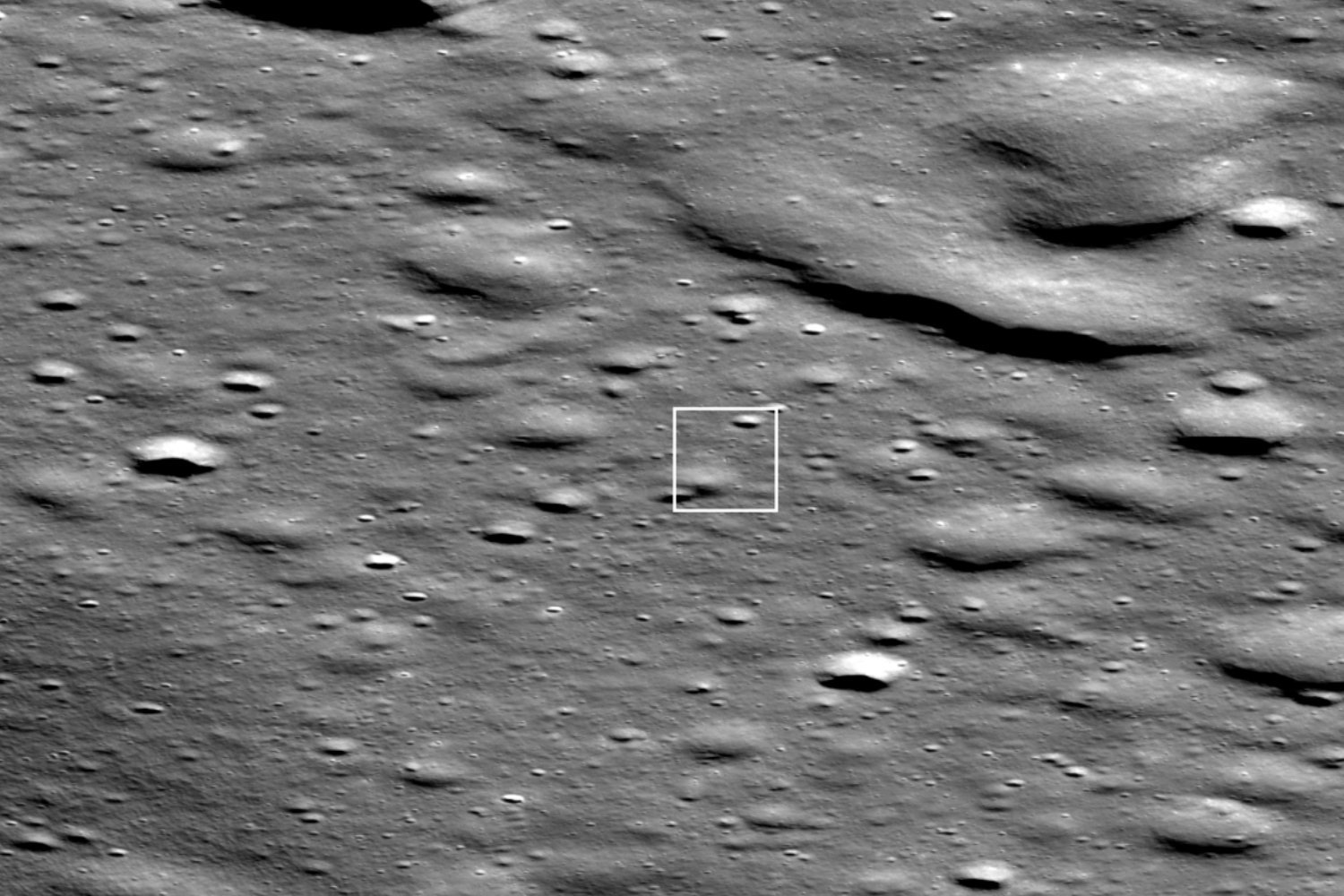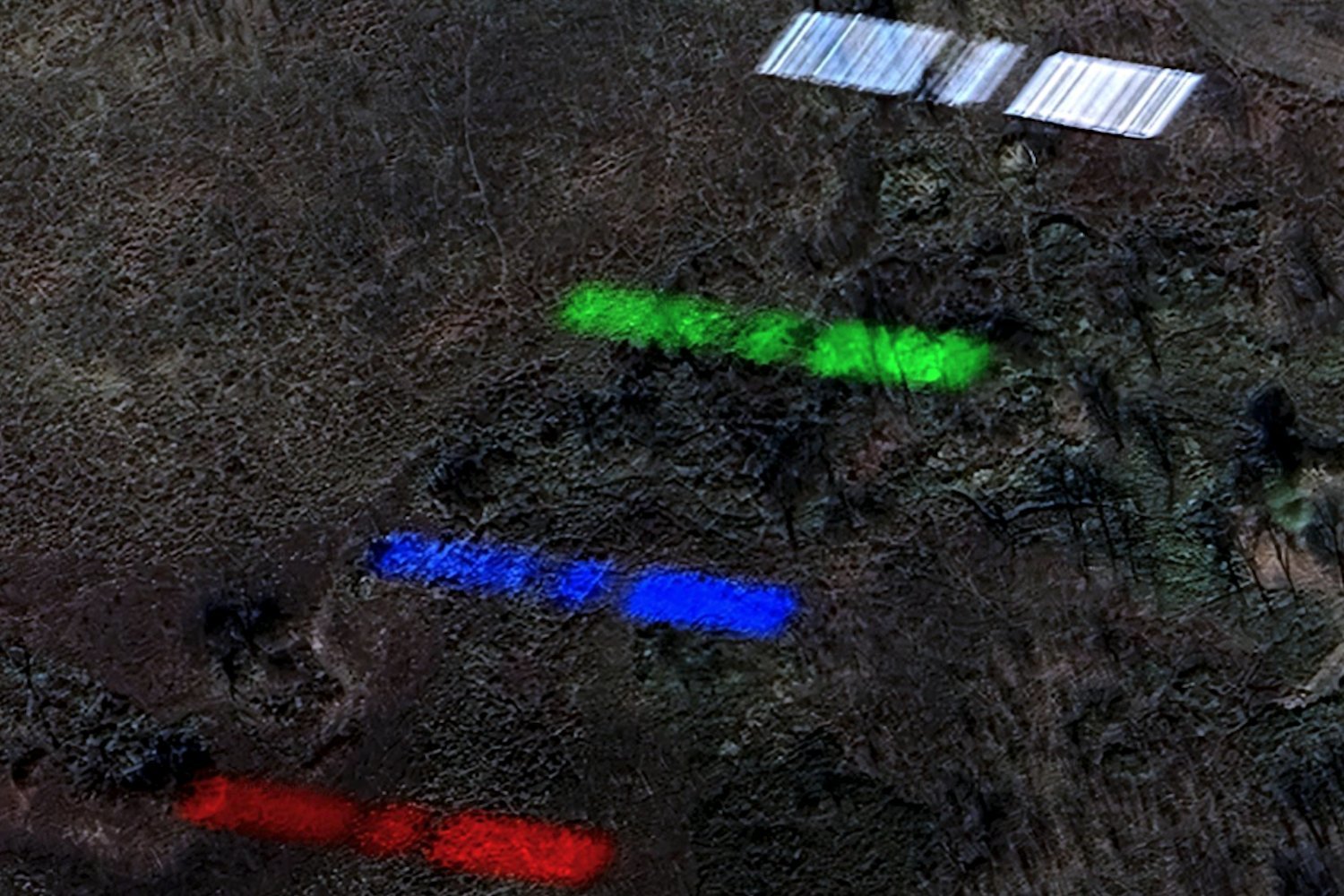The search for extraterrestrial life has captivated humanity for centuries. While scientists have been actively searching for concrete evidence since the 1900s, the quest remains ongoing. But what if, despite technological advancements, our search continues to yield no results? A recent study offers a compelling perspective: even the absence of evidence can provide valuable insights into the prevalence of life beyond Earth.
This study, published in The Astronomical Journal, proposes a novel approach to understanding the likelihood of extraterrestrial life. An international team of researchers suggests that by analyzing a specific number of lifeless exoplanets, we can begin to quantify the rarity or commonality of life throughout the universe. Using advanced statistical modeling, the researchers demonstrate that if no biosignatures are detected on 40 to 80 exoplanets, we can infer that life exists on fewer than 10 to 20% of similar planets.
While this might not definitively answer the question of whether we are alone, it establishes a crucial upper limit on the prevalence of life beyond Earth – a limit we currently lack. Even if life exists on only 10% of planets in the Milky Way, that still translates to a staggering 10 billion potential worlds harboring life.
This research represents a potential turning point in the search for extraterrestrial life. As Dr. Daniel Angerhausen, lead author and astrobiologist at ETH Zurich, explains, “Even if we don’t find life, we’ll finally be able to quantify how rare—or common—planets with detectable biosignatures really might be.” Biosignatures, indicators of biological processes, are key to identifying potential life as we understand it. Exoplanets, or planets outside our solar system, are the primary focus of this search.
The significance of this study is amplified by upcoming missions like NASA’s Habitable Worlds Observatory (HWO) and the European-led Large Interferometer for Exoplanets (LIFE), which aim to investigate biosignatures on Earth-like exoplanets. These missions may survey enough exoplanets to reach the conclusions outlined in the study.
However, the study’s statistical model relies heavily on the accuracy of individual observations. False negatives, or the failure to detect existing biosignatures, could significantly skew the results. Even the possibility of instruments overlooking a biosignature could undermine conclusions about the prevalence of extraterrestrial life. As Dr. Angerhausen emphasizes, “It’s not just about how many planets we observe—it’s about how confident we can be in seeing or not seeing what we are searching for.” Future surveys must carefully consider potential uncertainties and biases.
In conclusion, even if the search for extraterrestrial life yields no immediate discoveries, the absence of evidence can still be profoundly informative. By embracing uncertainty and asking the right questions, we can extract valuable lessons from every scientific endeavor, moving closer to understanding our place within the vast cosmos.











